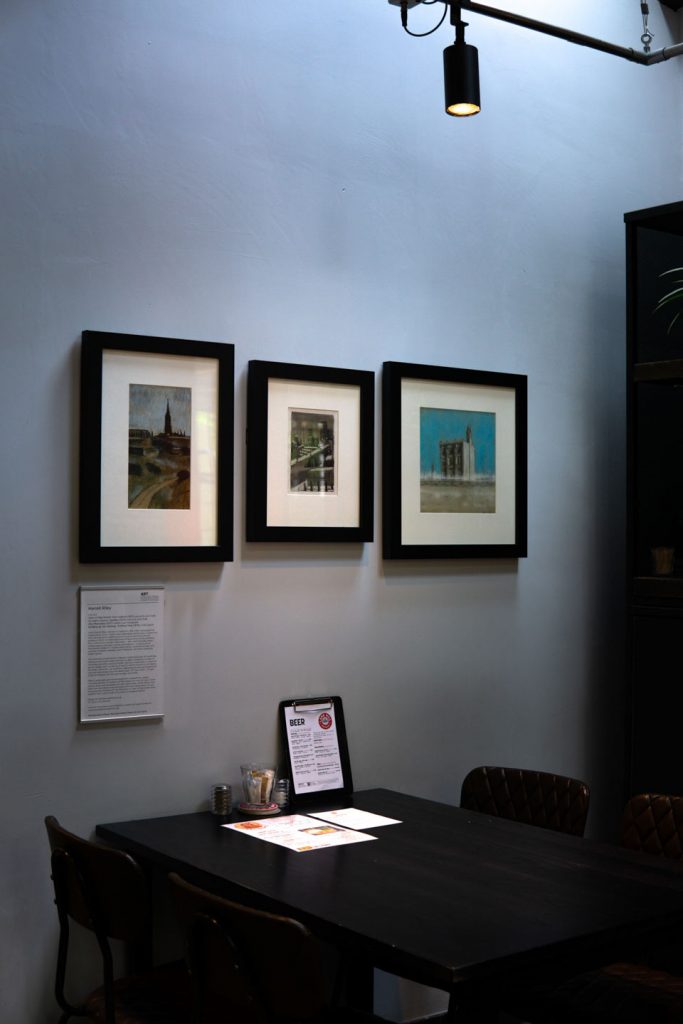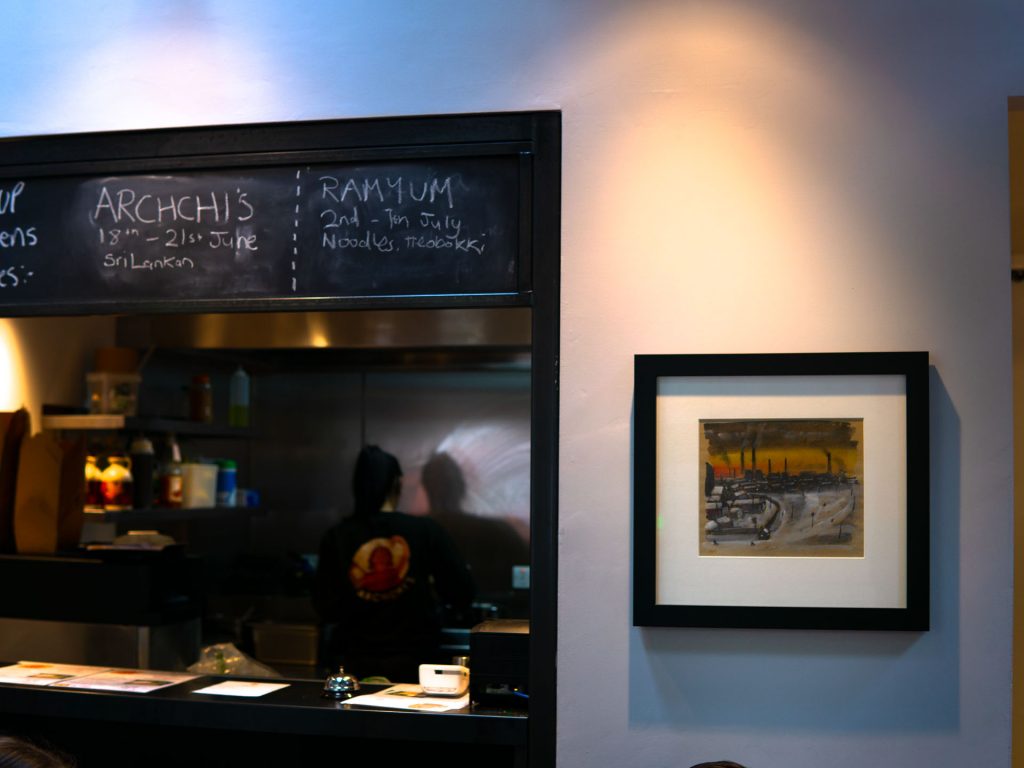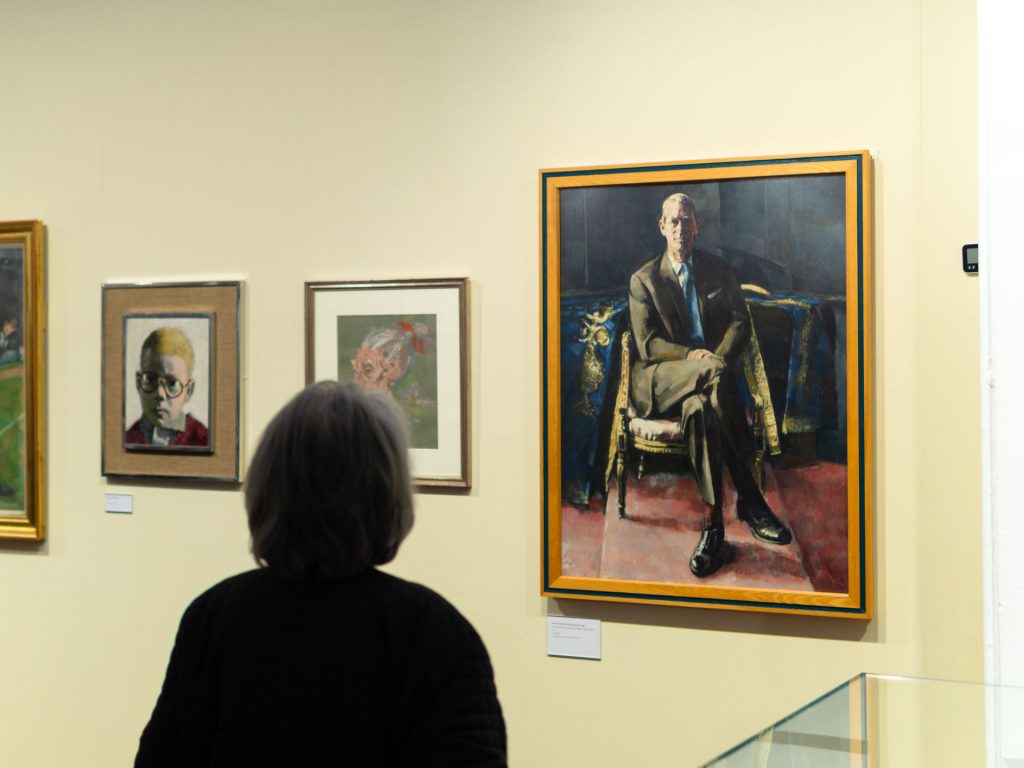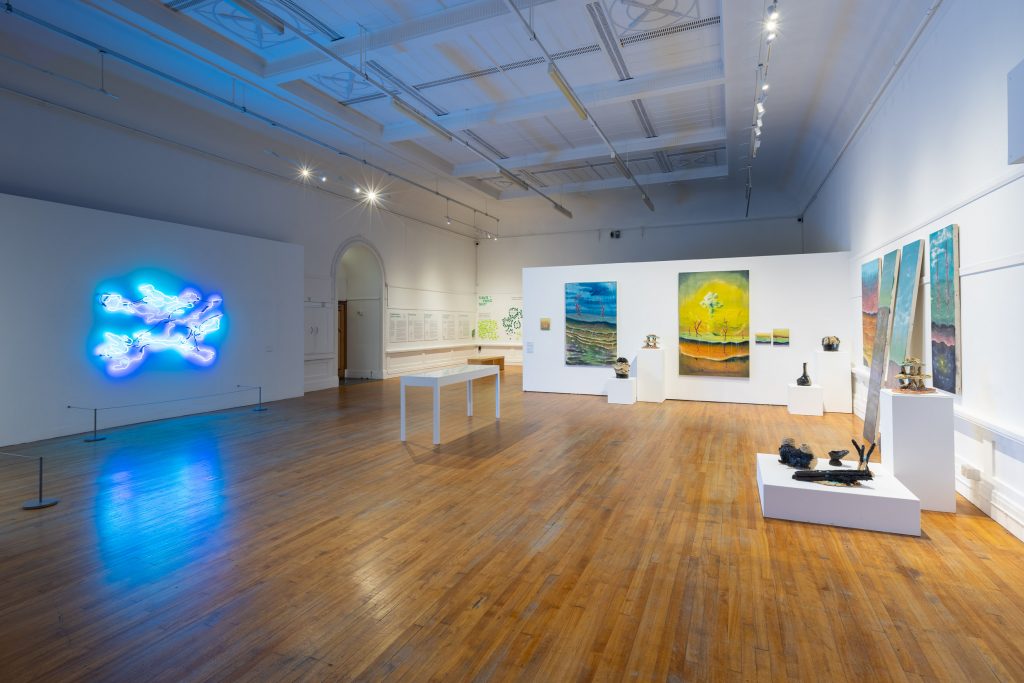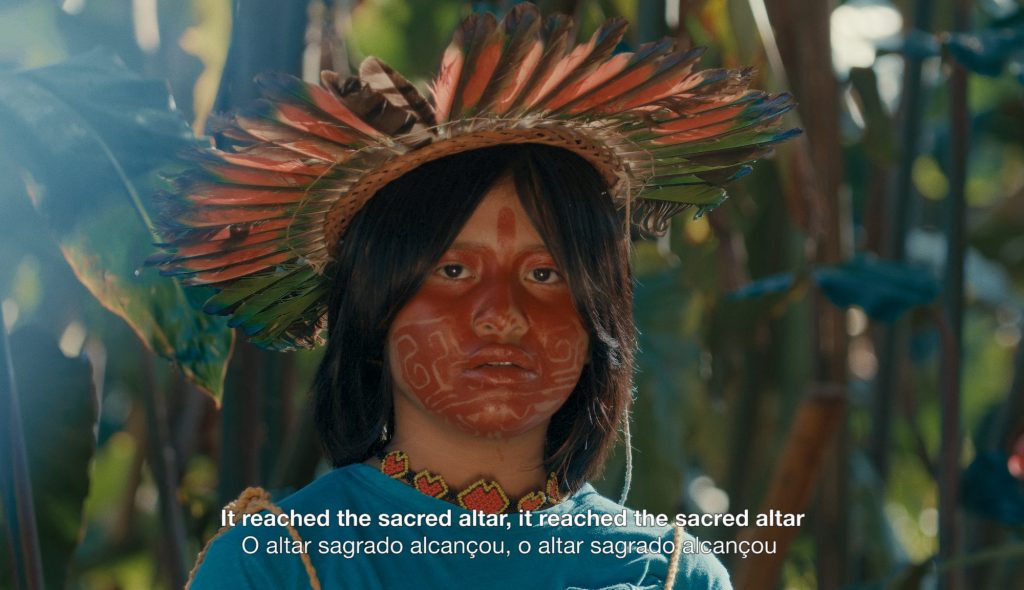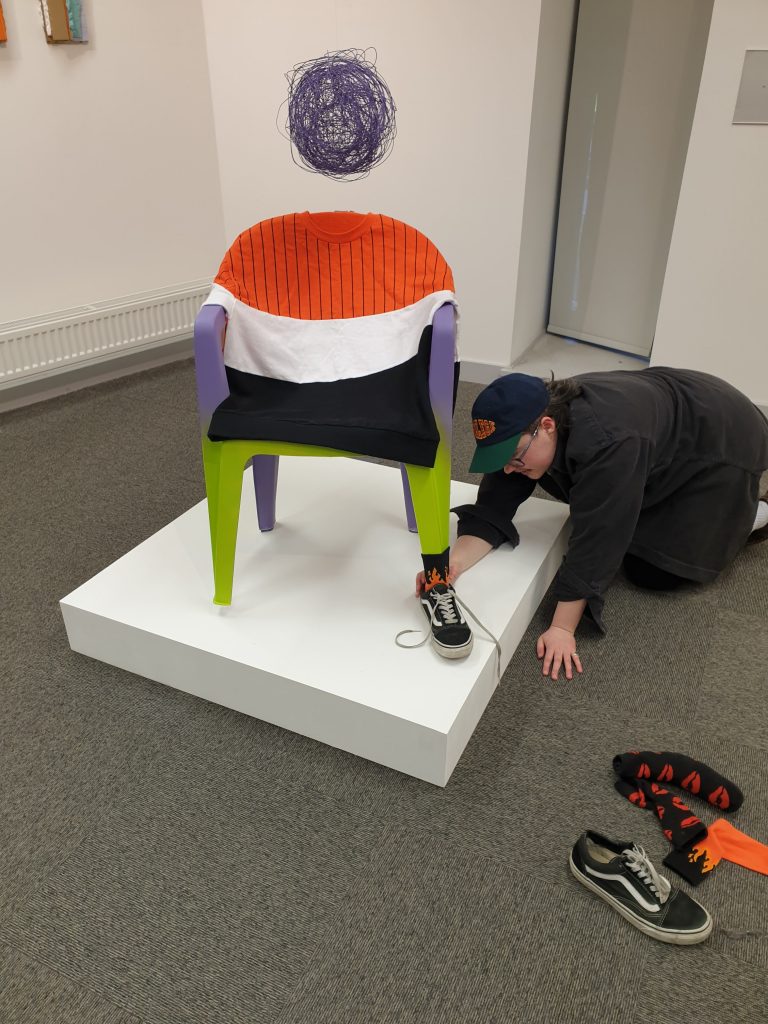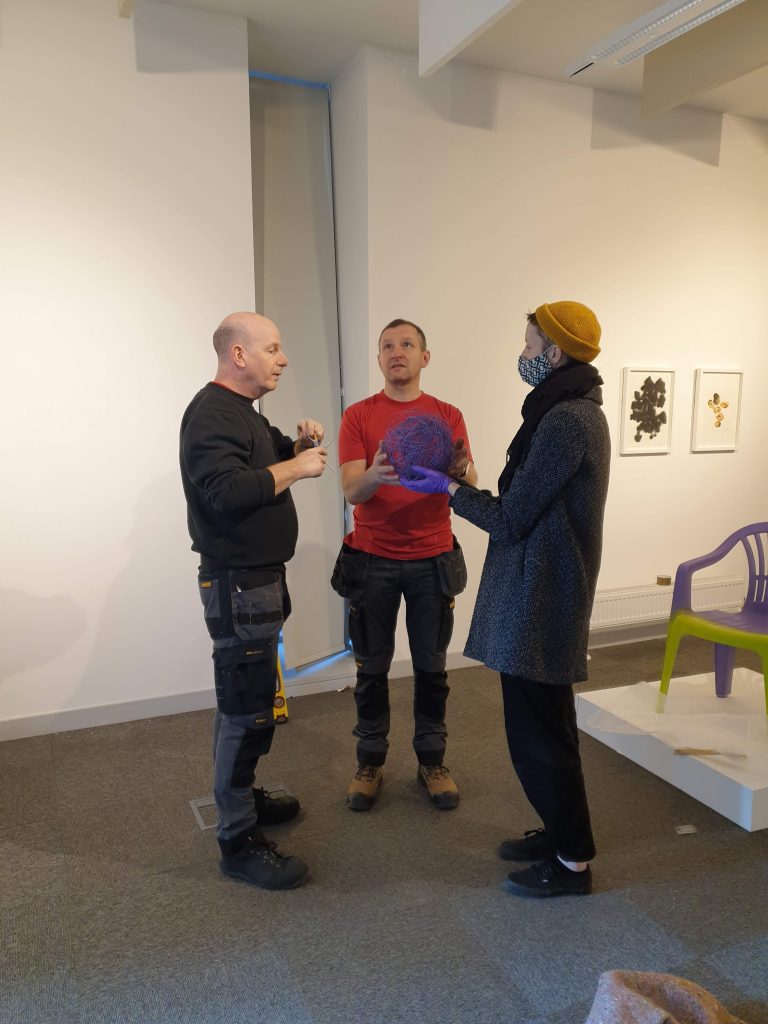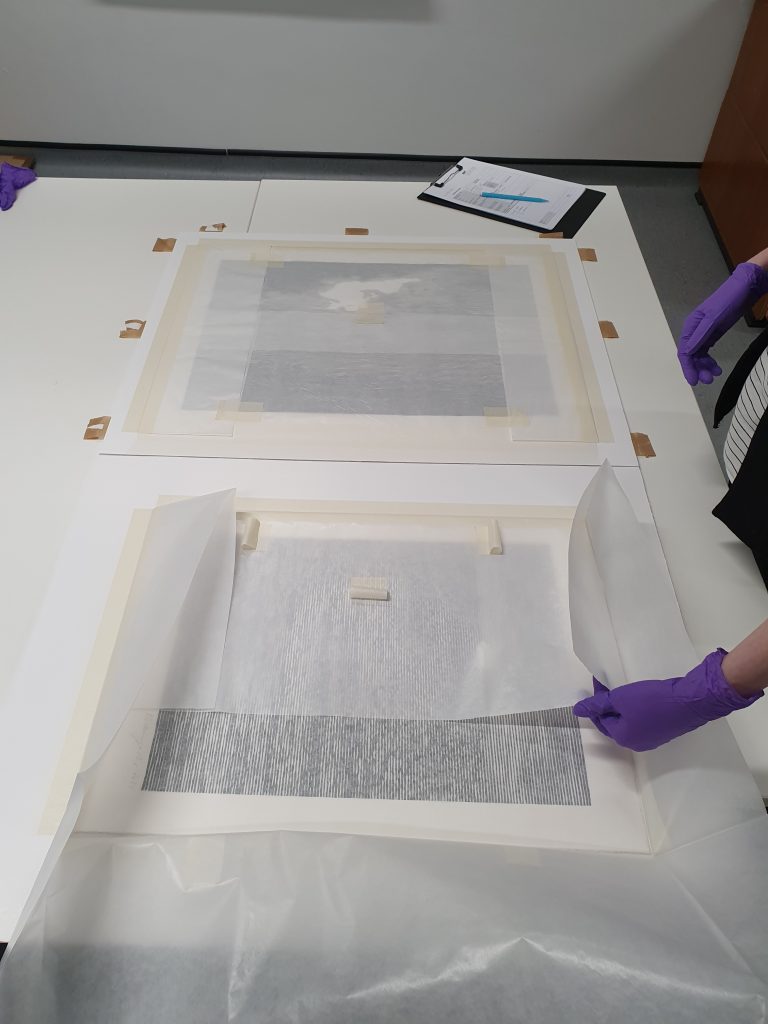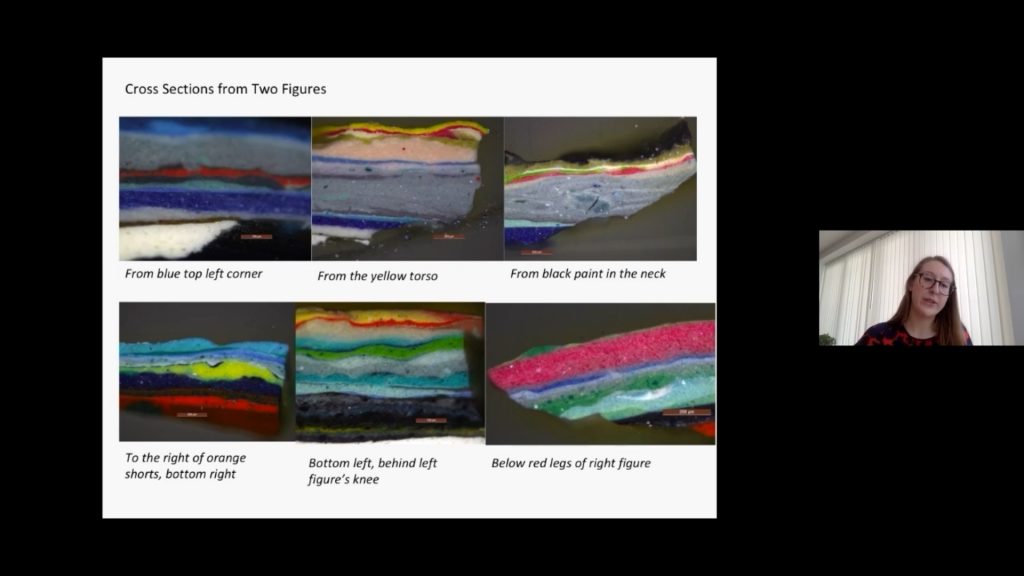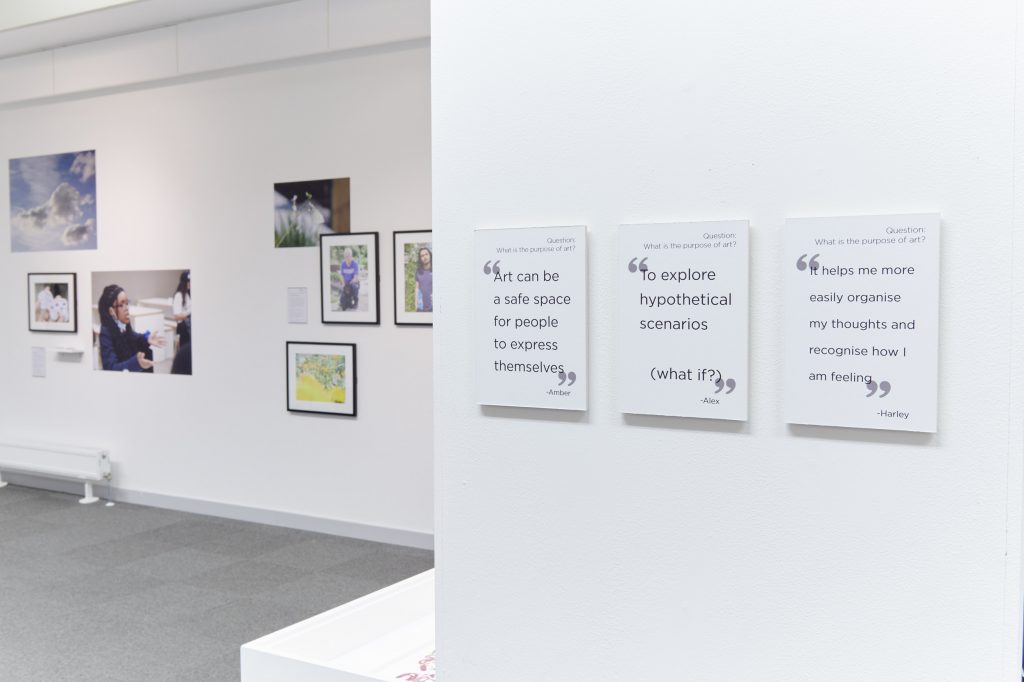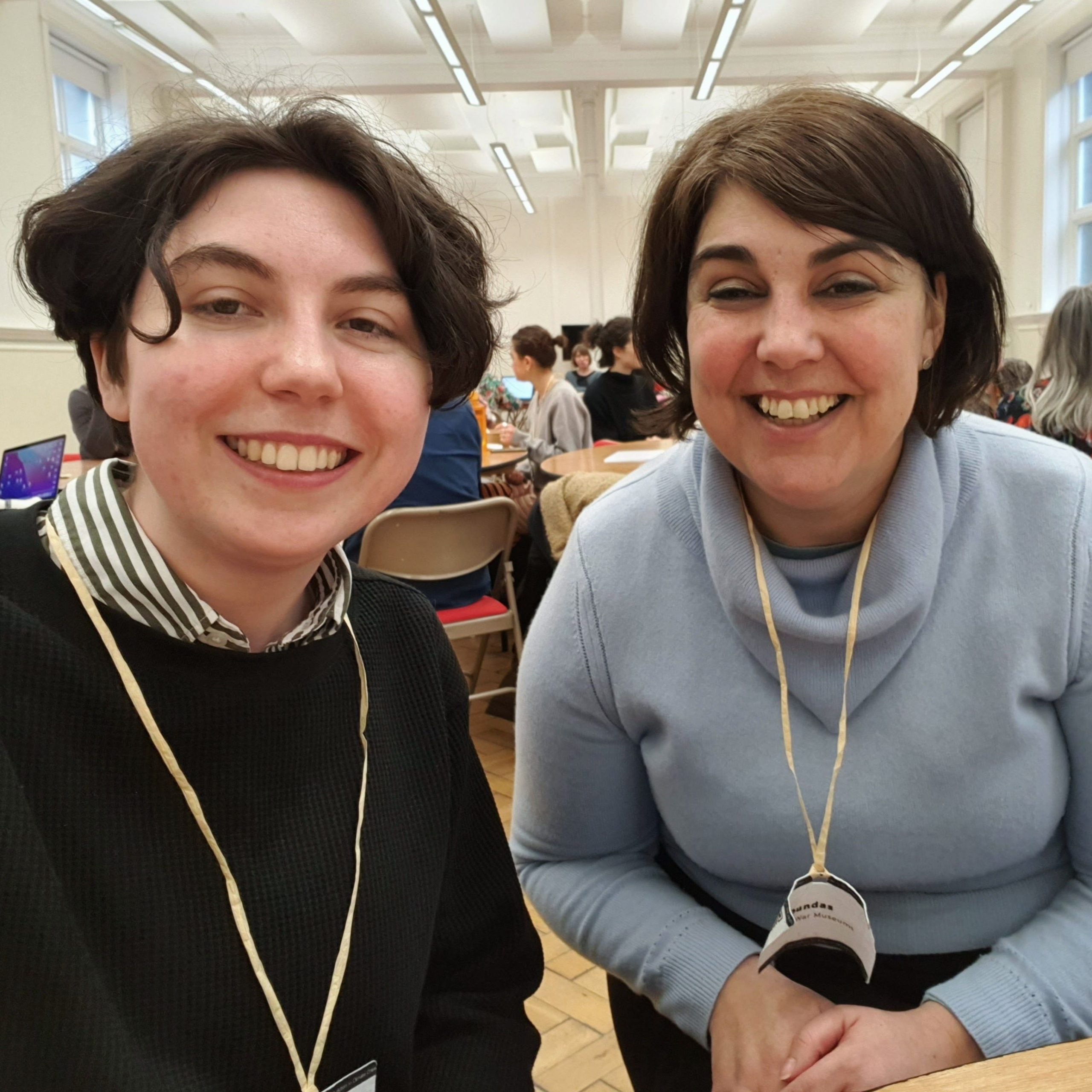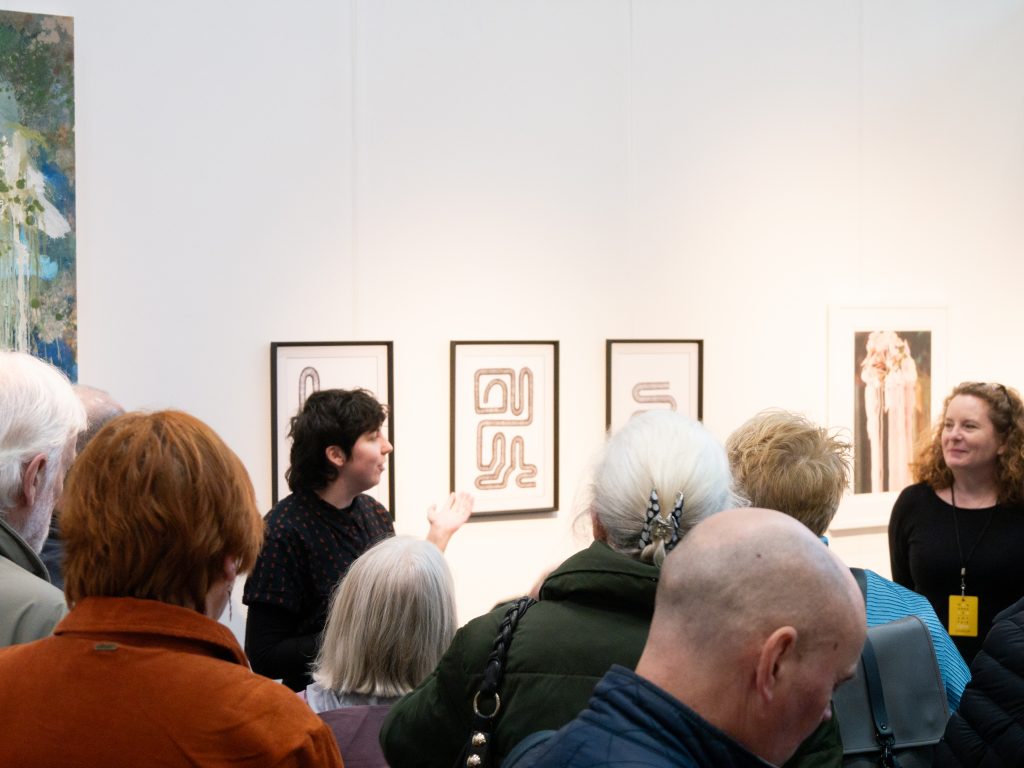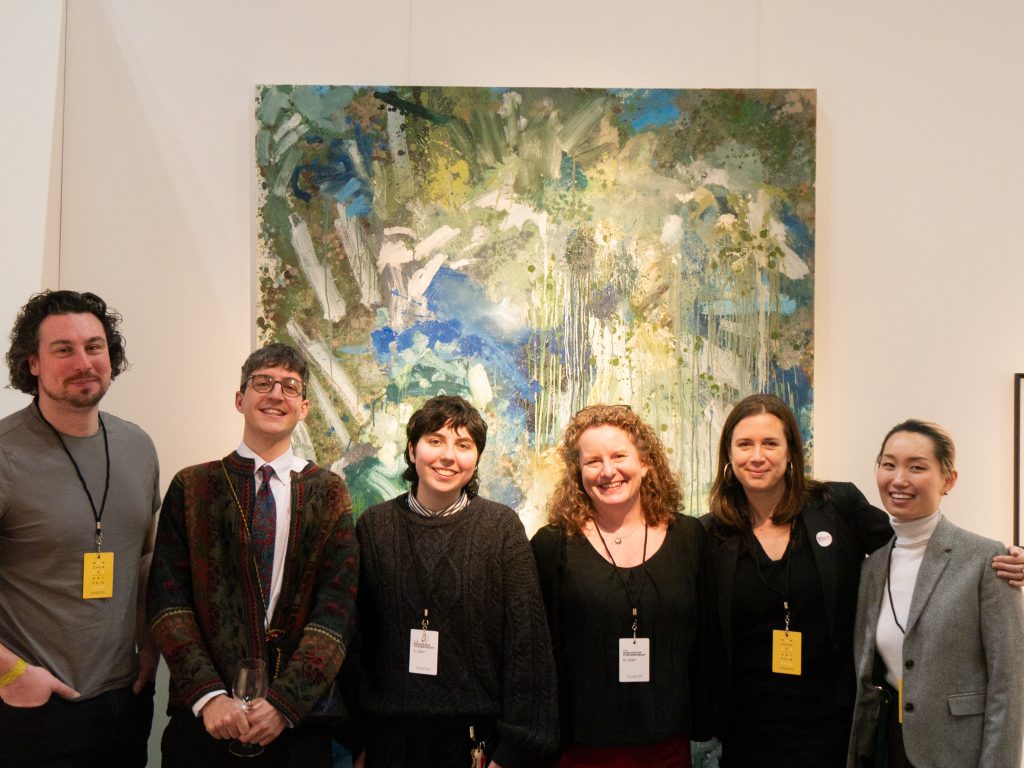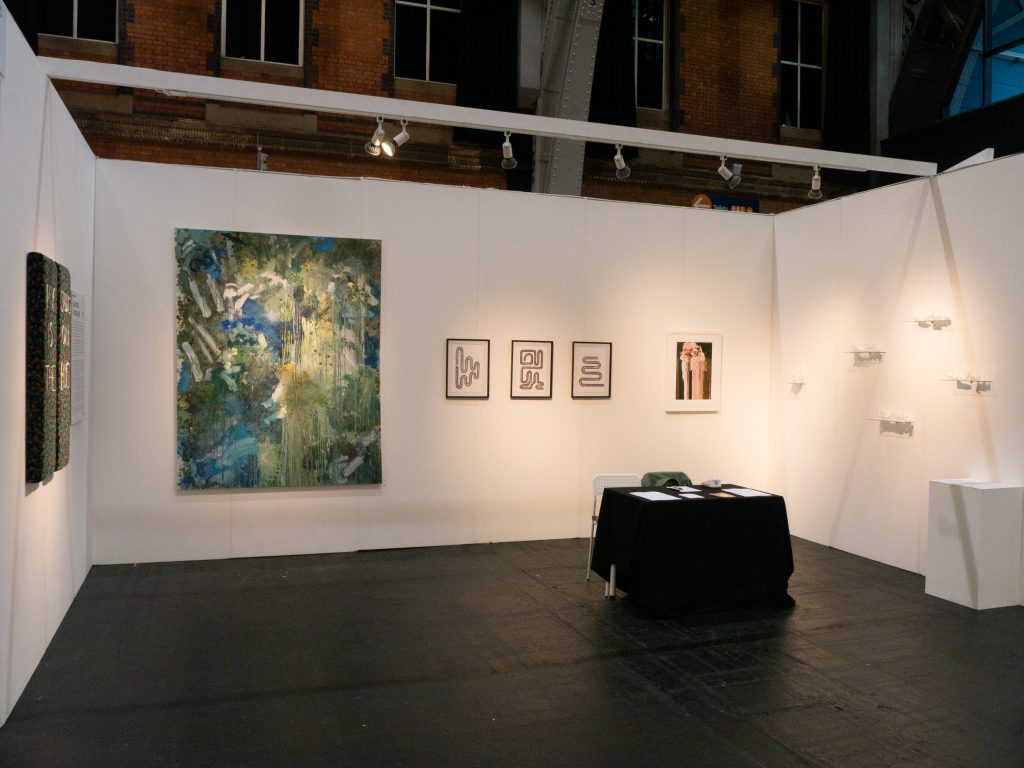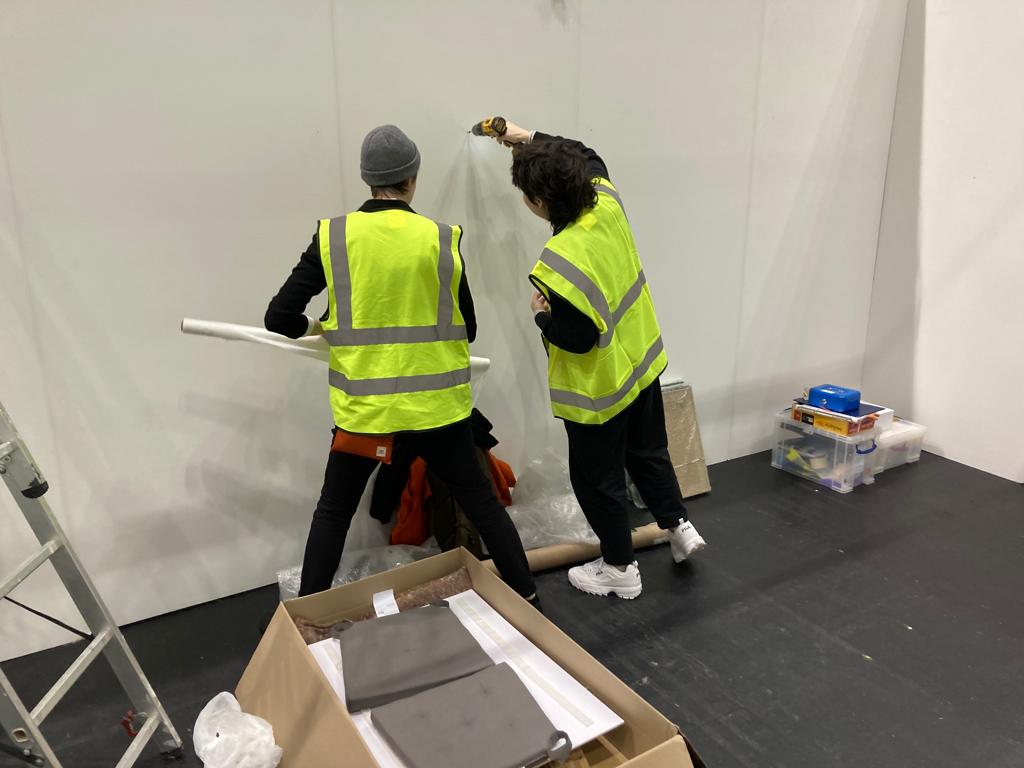2024/25 Graduate Scholar Announcement
July 2024
Each year, a number of bespoke scholarships are awarded to graduating students from the University of Salford School of Arts, Media, and Creative Technology, through a scheme led by The University of Salford Art Collection in partnership with Castlefield Gallery. This year we are delighted to welcome fine art products company Wallace Seymour as a partner in the scheme, supporting a new Painting Scholarship.
Aiming to support graduates to begin their careers in the art sector, each 12-month award includes a tailored package of support which can include: studio space, mentoring, coaching, research trips, and a bursary for materials, equipment or research travel.
For the 2024 cohort we are pleased to announce Grecia Balassone, India Buxton, Iqra Saied, Jess Robinson and Robin Standring. Find out more about each artist below.
“The Scheme has supported over 50 artists across 10 years, and it has been a joy to see each artists’ practice and career develop over time. The standard of applications was as high as ever this year and is always a difficult choice. However we are delighted to welcome Grecia, India, Iqra, Jess and Robin this year and look forward to supporting them. We are also particularly grateful for Wallace Seymour for sponsoring the scheme this year, and taking part in the selection process” – Assistant Curator, Stephanie Fletcher
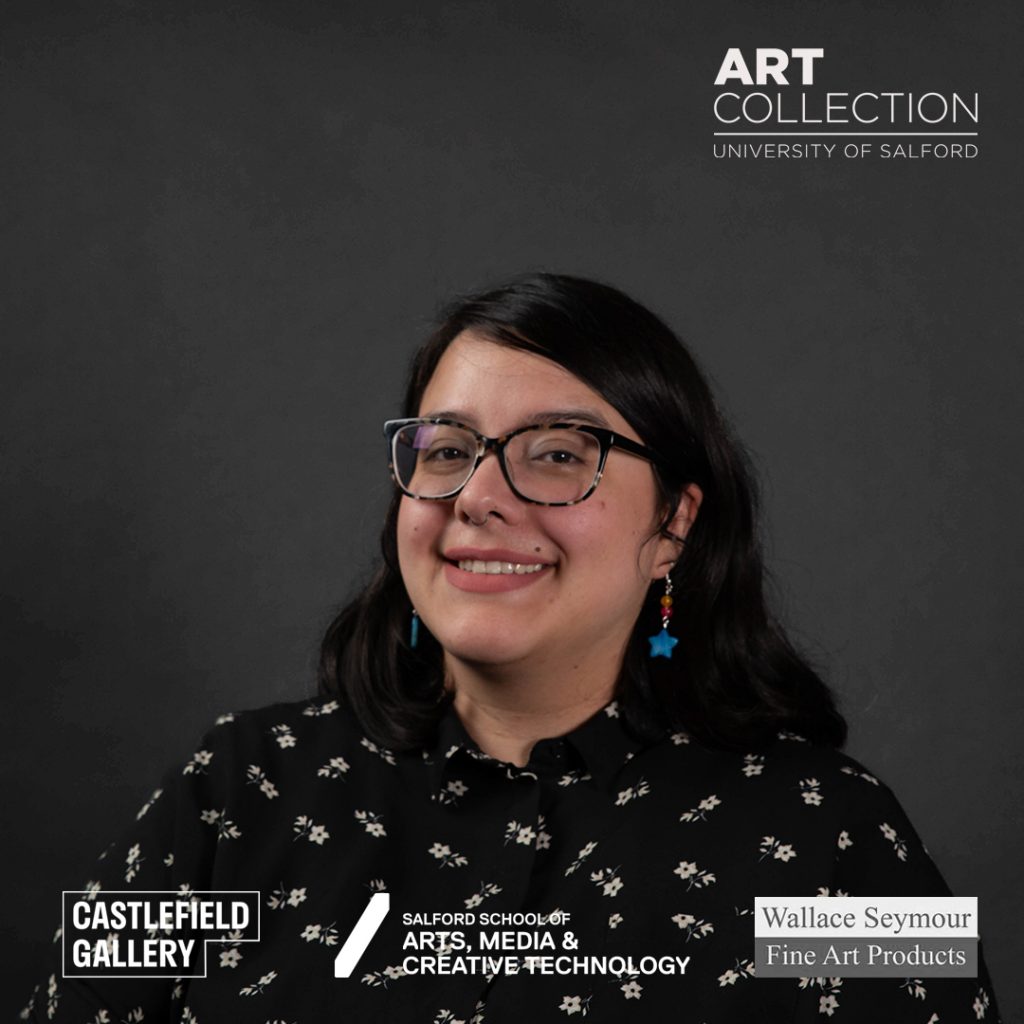
Grecia Balassone
Grecia is from the BA (Hons) Fine Art degree, and will be recieving a studio placement at Paradise Works.
“I am a multidisciplinary artist, experimenting with a range of ways to tell the stories surrounding a subject. Due to my lived experiences of immigration, neurodivergence, and developmental trauma, my work explores themes of identity, nostalgia, community and belonging.
My research approach is immersive. I like to understand the themes I work with from first-hand experience, or the closest to that I am possibly able to get. I find people to be a great source of information, and with stories worth telling. I am also interested in preservation (of history, memories, media, processes), which leads me to create my own archives.”
India Buxton
India is also from BA (Hons) Fine Art, and has earned the Wallace Seymour Painting Scholarship.
“My practice is interested in exploring the representation and depiction of ancient folklore and mythology in the 21st century. My work draws upon the theories of ancient Greek Philosopher Plato and the ancient stories of their time. The figurative paintings reappropriate old stories into a new visual language that a modern audience can find their own narratives within. These paintings display my chosen stories, which are then modernised into personification of moral fables.“
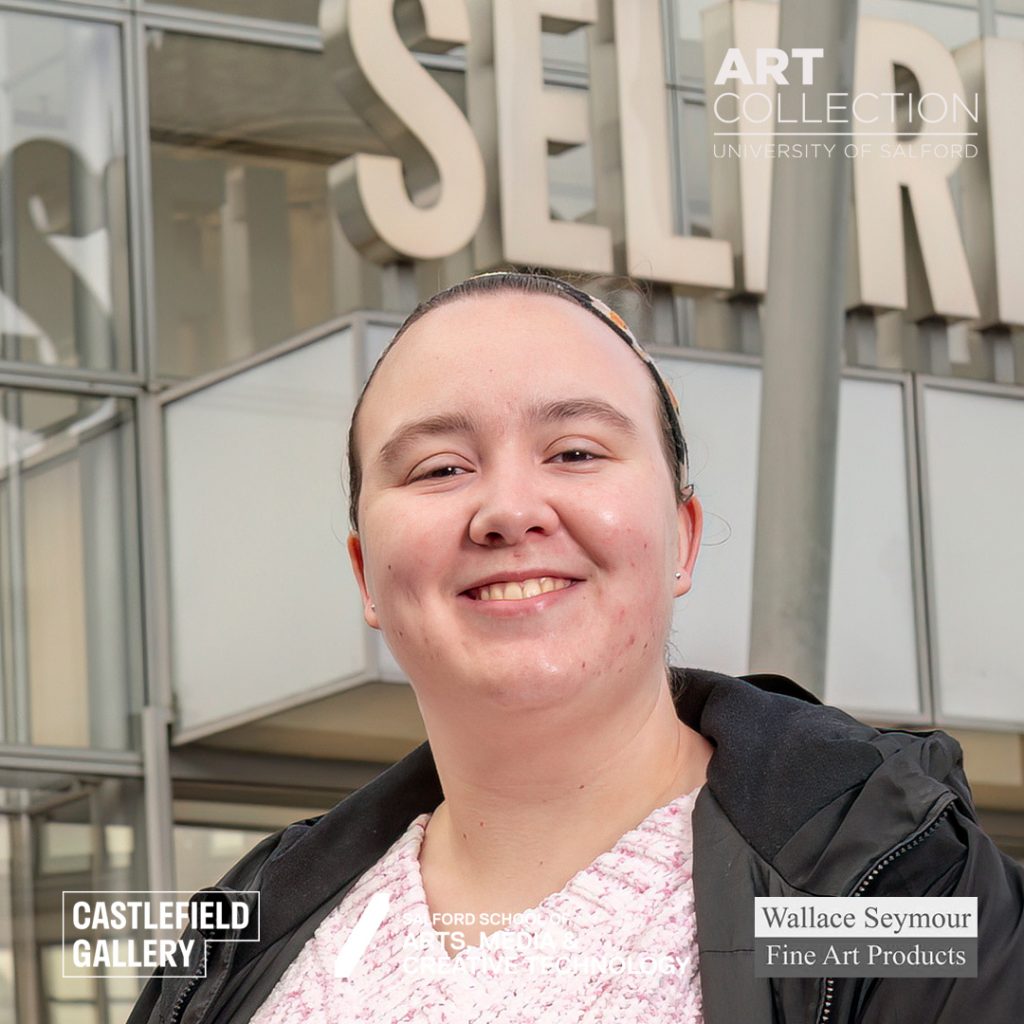
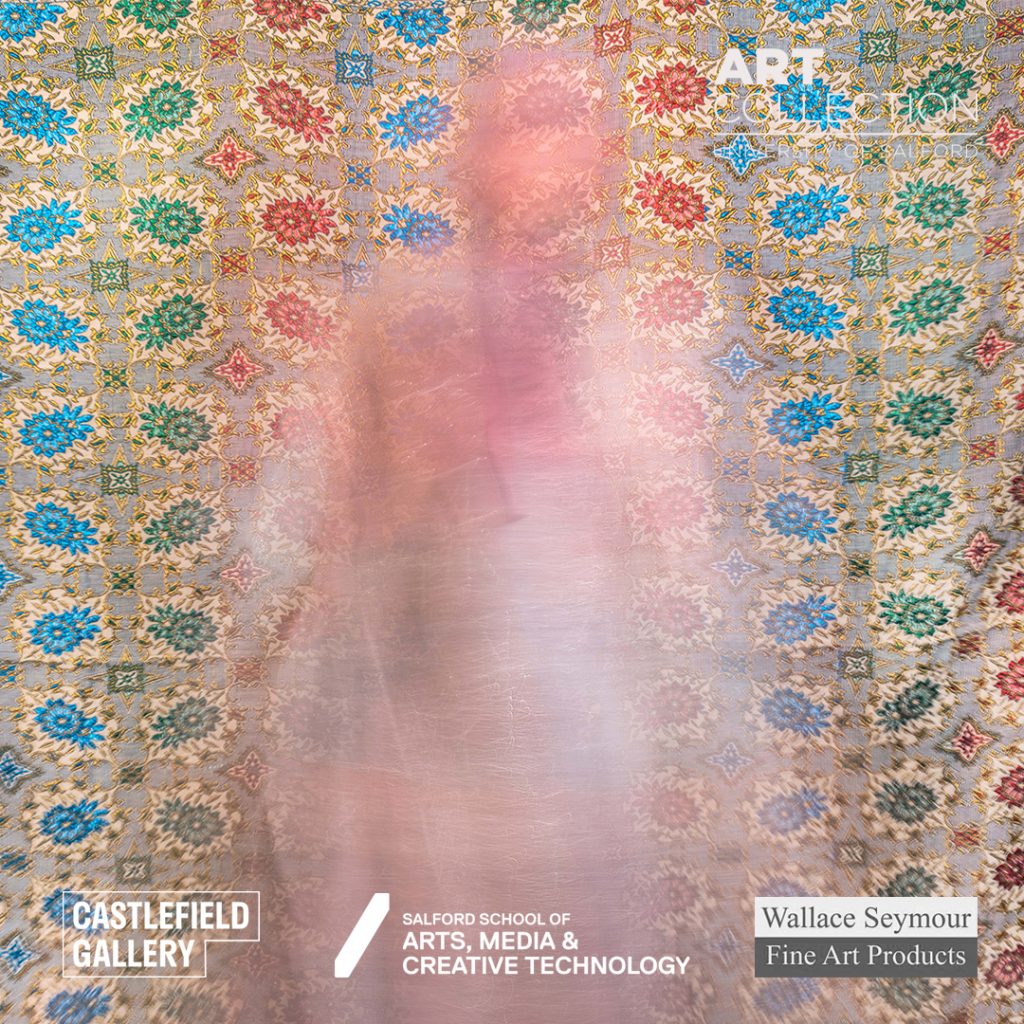
Iqra Saied
Iqra is from BA (Hons) Photography and will be one of the first to be given a studio placement at Castlefield Gallery New Art Space in Warrington.
“Portrait photography is a powerful medium to explore ideas of culture, identity and engage in contemporary debates. ‘Unfamiliar’ starts from my own personal experience of dual heritage.
As a British Pakistani, I feel closer to my home in Manchester than I do to Pakistan and these feelings are often difficult to navigate. I have collaborated with Hafsah, Caitlin and Rohan who resonate with the project and understand the sense of guilt associated with not knowing enough about the other place. The photographs aim to communicate the difficulty in building a sense of belonging with a place you have no knowledge of. However, accepting who you are is the best journey of self-discovery. I hope people of dual heritage will find inspiration to embrace their identity and celebrate their heritage.”
Jess Robinson
Jess comes from the Visual Communication MA, and will be given a studio placement at Islington Mill.
“My current work now draws upon an interest in ancient eastern philosophy and spirituality that provides a refreshing contrast to modern, western values. Using predominantly black and white photography, I am producing imagery which attempts to visualise hidden moments of balance and moments of presence within the live music scene, against the chaos of movement and sound. These images sit alongside my own immersion and connection to natural spaces as an anti-dote to the chaos, finding a common ground and relationship between the two settings. My hope is that through practicing a mindful and connected approach to my creative process, I can step out of conditioned patterns and follow a more intuitive path.”
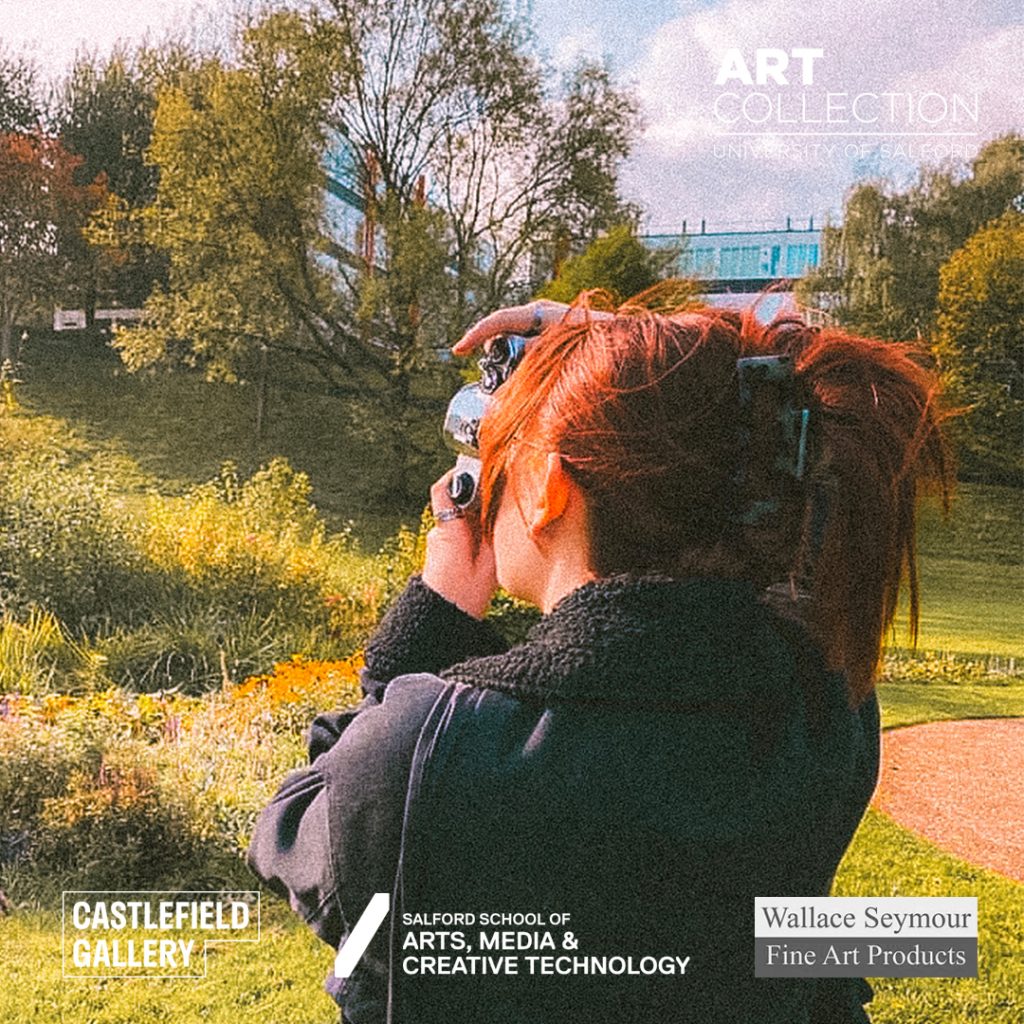
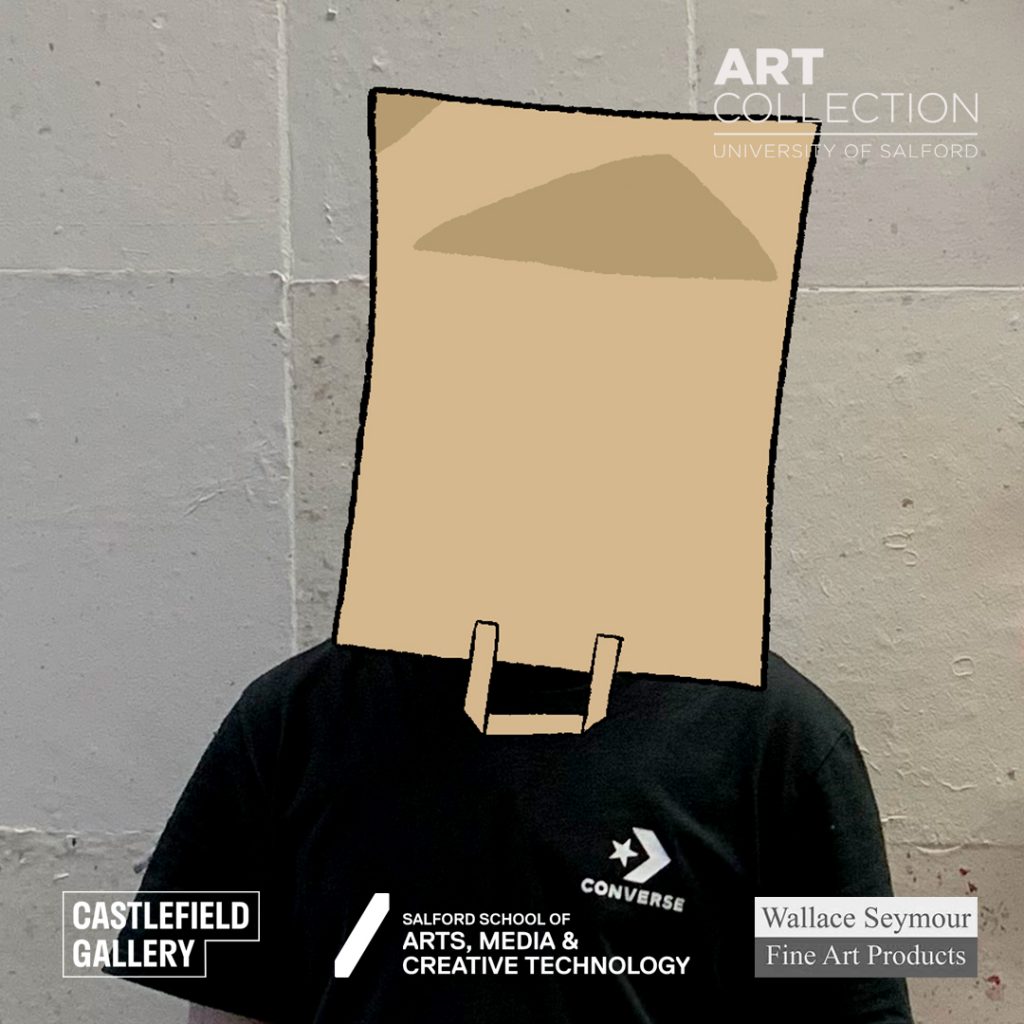
Robin Standring
Robin comes from BA (Hons) Fine Art and will be using the facilities at Hot Bed Press.
“My practice revolves around exploring my own identity, primarily the experiences and interactions I have as a transgender individual, focusing on the aspect of being ‘stealth’ within society today. Being ‘stealth’ in the terms of being transgender, is to live as the gender you identify with but not being openly out as trans, something many trans individuals do in order to avoid discrimination.
Through the use of an avatar affectionately named Baghead which I have created in my own self-image, I insert him in a variety of environments and scenarios, often mundane, in which almost everyone experiences, regardless of their race, gender or class; such as waiting for the bus, falling asleep on the train or even standing outside during a fire alarm.”

